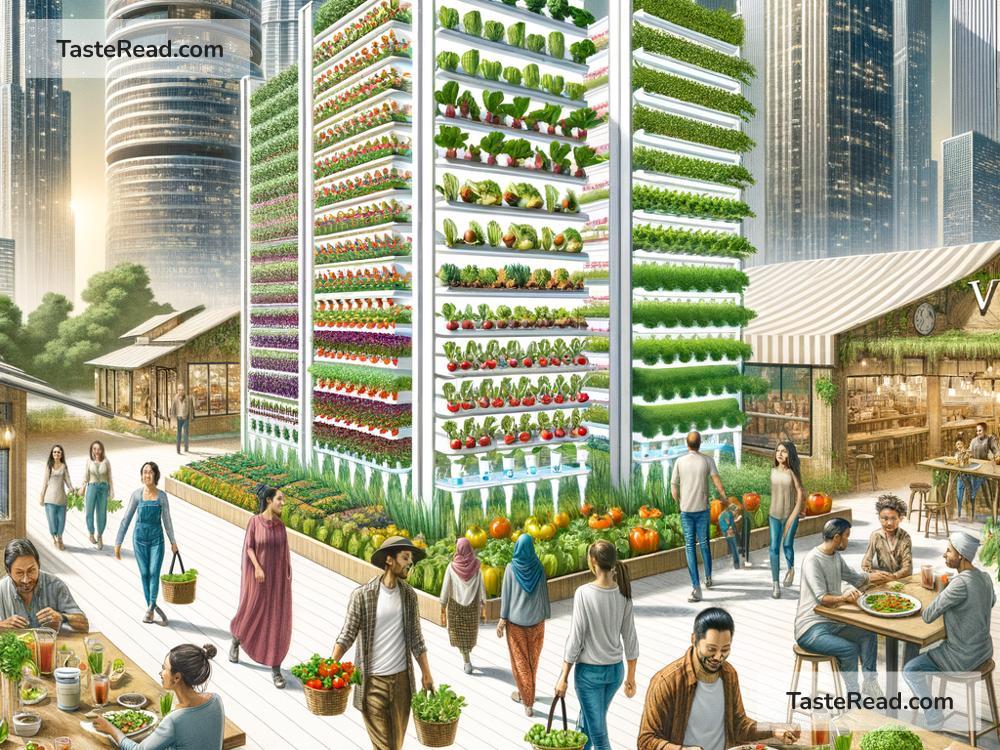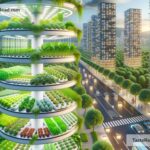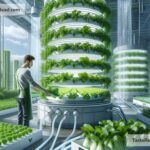The Future of Food and Urbanization: A Simple Guide
As cities grow and populations increase, the way we produce, distribute, and consume food is changing rapidly. Urbanization—the movement of people from rural areas to cities—is transforming how we live, work, and eat. The future of food is closely tied to this shift, and understanding it is crucial for addressing challenges such as sustainability, global hunger, and climate change. In this blog, we’ll explore how food and urbanization are connected and look at some exciting innovations shaping the future of what we eat.
The Urbanization Boom
More than half the world’s population now lives in cities, and by 2050, that number is expected to rise to nearly 70%. Cities offer economic opportunities, better infrastructure, and access to services, which all attract people from rural areas. But urbanization also comes with challenges like overcrowding, pollution, and the need for affordable food systems.
In cities, space is limited, and feeding growing populations can strain resources. Traditional farming methods often rely on land far away from urban centers, making transportation longer and less sustainable. This has led to a growing demand for innovative ways of producing food closer to where people live.
Challenges to Feeding a Growing Population
-
Land Shortage: As cities expand, farmland is being converted into housing, factories, and roads. Growing food requires land, but urban sprawl is eating up much of it.
-
Climate Change: Extreme weather events—such as droughts and floods—are making it harder to produce food. Rising temperatures affect crops and livestock, while unpredictable weather disrupts supply chains.
-
Transport and Waste: Shipping food over long distances increases carbon emissions, and a significant amount of food gets wasted during transportation. For cities, finding ways to reduce waste and improve food delivery is a pressing issue.
The Role of Technology in the Future of Food
Thankfully, scientists and innovators are coming up with creative solutions to address these challenges. Technology is playing a big role in the future of food, especially in urban areas. Here are some of the exciting ways cities are rethinking food production:
1. Vertical Farming
Vertical farming is a revolutionary approach to growing crops in stacked layers, often indoors, using controlled environments like hydroponics (growing plants in nutrient-rich water instead of soil) or aeroponics (mist spraying instead of water). These farms use less land, water, and pesticides while producing fresh food year-round.
Because vertical farms can be built inside warehouses or even skyscrapers, they’re perfect for cities. Imagine walking into a building downtown and finding an entire farm inside—it’s already happening in places like Singapore and New York City.
2. Urban Agriculture
Cities are turning rooftops, balconies, and vacant lots into urban farms. Community gardens and urban greenhouses allow city dwellers to grow their own food locally. Not only does this reduce the distance food travels, but it also strengthens communities and fosters awareness about sustainability.
Some cities, like Paris and Detroit, are embracing urban agriculture as a solution to both food insecurity and environmental challenges. Green rooftops planted with vegetables can even lower buildings’ energy bills by reducing heating and cooling costs.
3. Lab-Grown Food
Scientists are creating lab-grown meat and dairy products using cells instead of raising animals. These “cultured” foods save resources, reduce greenhouse gas emissions, and eliminate the ethical concerns of factory farming. Imagine eating a hamburger that was made in a lab instead of requiring land and water for cattle farming—it might sound futuristic, but it’s already becoming a reality.
Lab-grown food could become an affordable and sustainable option as production scales up, offering new ways to tackle global hunger and reduce environmental impact.
4. Food Delivery Robots and AI
As cities grow larger, delivering food efficiently becomes a challenge. Robots and drones are starting to deliver groceries and meals directly to people’s doors, cutting down on traffic congestion and ensuring faster service.
Artificial intelligence (AI) is also helping farmers and food suppliers predict trends, reduce waste, and optimize production. Algorithms can monitor crop health, forecast demand, and even suggest recipes based on surplus ingredients.
Sustainability and the Future
Sustainability is at the heart of the future of food. With more people living in cities, governments, businesses, and individuals need to work together to create food systems that are eco-friendly and efficient. Some trends we can expect in the coming years include:
- Circular Food Systems: These involve recycling waste into new resources. For example, food scraps can be composted and turned into fertilizer for urban farms.
- Plant-Based Diets: Eating less meat and more plant-based foods reduces the environmental impact of agriculture. Cities are likely to see more vegan and vegetarian options in restaurants and markets.
- Smart Cities: Using technology to monitor energy use, water consumption, and waste can help make urban food systems more sustainable.
What Can You Do?
Even if you don’t live in a big city, you can contribute to the future of food. Try to support local farmers by buying from farmers’ markets, reduce food waste at home, and explore new ways to eat sustainably—like growing herbs or veggies in your backyard or on your balcony.
The future of food is exciting, but it requires teamwork from everyone to make it sustainable and equitable. With urbanization continuing to reshape cities around the world, the way we approach food will be a key part of building a healthy, thriving planet.
Let’s work together to ensure that future generations have access to fresh, affordable, and environmentally-friendly food! It’s a challenge, but it’s also an opportunity to create a better world.


